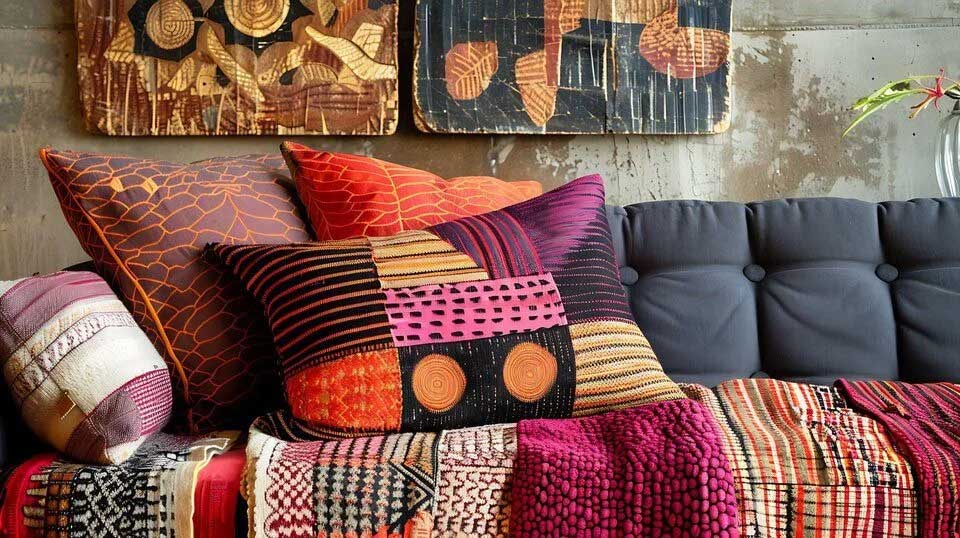
In the dynamic landscape of 2023, fashion enterprises across Asia, the Middle East, Latin America, Eastern Europe, and Africa found themselves strategically navigating complexities amidst persistent global uncertainties. Coined as "friendshoring," fashion brands sought to fortify their nearshoring strategies, mitigating supply chain risks amid escalating geopolitical tensions.
BRICS+ : The untapped fashion frontier, redrawing the fashion map
The BRICS alliance, now representing a formidable more than 45% of the global population, boldly challenges the demographic and economic dominance of the G7. Convened in Moscow from November 28 to December 2, 2023, the BRICS+ Fashion Summit became a nexus for 130 brands from BRICS nations and emerging markets. This international platform aimed to redefine the fashion landscape, providing emerging designers with access to global markets and heightened visibility.
Reshaping the Global Fashion Narrative
Fashion, synonymous with change, stands as the fourth-largest economic sector globally. The BRICS+ Fashion Summit showcased a collective effort to introduce novel business paradigms. Designers from India, Turkey, South Africa, and China viewed participation as a gateway to new customer bases, signaling a potential shift in the industry's established norms.
Cem Altan, President IAF describes, “BRICS+ Fashion Summit is more than just a platform for free trading, it as a means for these nations to find a middle ground in both politics and trading—a process as the "BRICS transformation." Altan further tempered expectations, stating, “Regarding BRICS projecting itself as a single market during the fashion summit, that it would be impossible for BRICS to surpass the combined trade of the United States and Europe.” However, he acknowledged the need for BRICS nations to learn global practices, open their doors to the global market, and collaborate to expand their presence internationally.
Key Trends and Collaborative Strategies
The success of local brands in Russia post-international exits highlighted the potential for BRICS nations to carve their niche. The narrative emphasizes the necessity for strategic initiatives and bespoke strategies, with industry leaders like David Tlale and Uma Rutanova advocating collaboration as the key to unlocking new possibilities in fashion.
Dreaming of a Single Fashion Market
Entrepreneur Zhang Yiming envisioned a revolutionary impact on the fashion industry with a BRICS+ single market, anticipating streamlined trade and increased access for emerging markets. However, cautionary notes from Natalia Vodianova urged careful consideration of challenges like differing regulations and infrastructure to realize this transformative dream.
Fashion Beyond Borders: Immersive Storytelling
Brazilian designer Francisco Costa declared that fashion transcends borders and languages, connecting cultures and building bridges. The BRICS+ Fashion Summit's shows went beyond mere displays, becoming immersive storytelling experiences. Digital elements and technology, as seen in Anamika Khanna's metaverse presentation, pushed the boundaries of traditional runway experiences, capturing the attention of global influencers like Mr. Bags.
 Addressing Labor and Environmental Concerns
Addressing Labor and Environmental Concerns
Venturing into the fashion world, BRICS+ nations confront challenges related to labor and environmental sustainability. The summit emphasized the urgency of reforming the textile labor force and investing in sustainable practices, underscoring a commitment to forging an eco-friendly fashion supply chain.
A New Chapter in Consumer Economics
Emphasizing cultural sensitivity and inclusivity in modern fashion design, the BRICS+ Fashion Summit marks a collective journey into consumer economics. Departing from traditional Western influences, it poses a bold challenge to established fashion capitals, hinting at a potential seismic shift in the global fashion landscape.
As the fashion world pivots towards the east and south, cities like Beijing, Mumbai, Moscow, Cape Town, and Dubai emerge as contenders against traditional powerhouses. The BRICS+ Fashion Summit acts as a catalyst, challenging norms, and heralding a new era in the industry's evolution.












